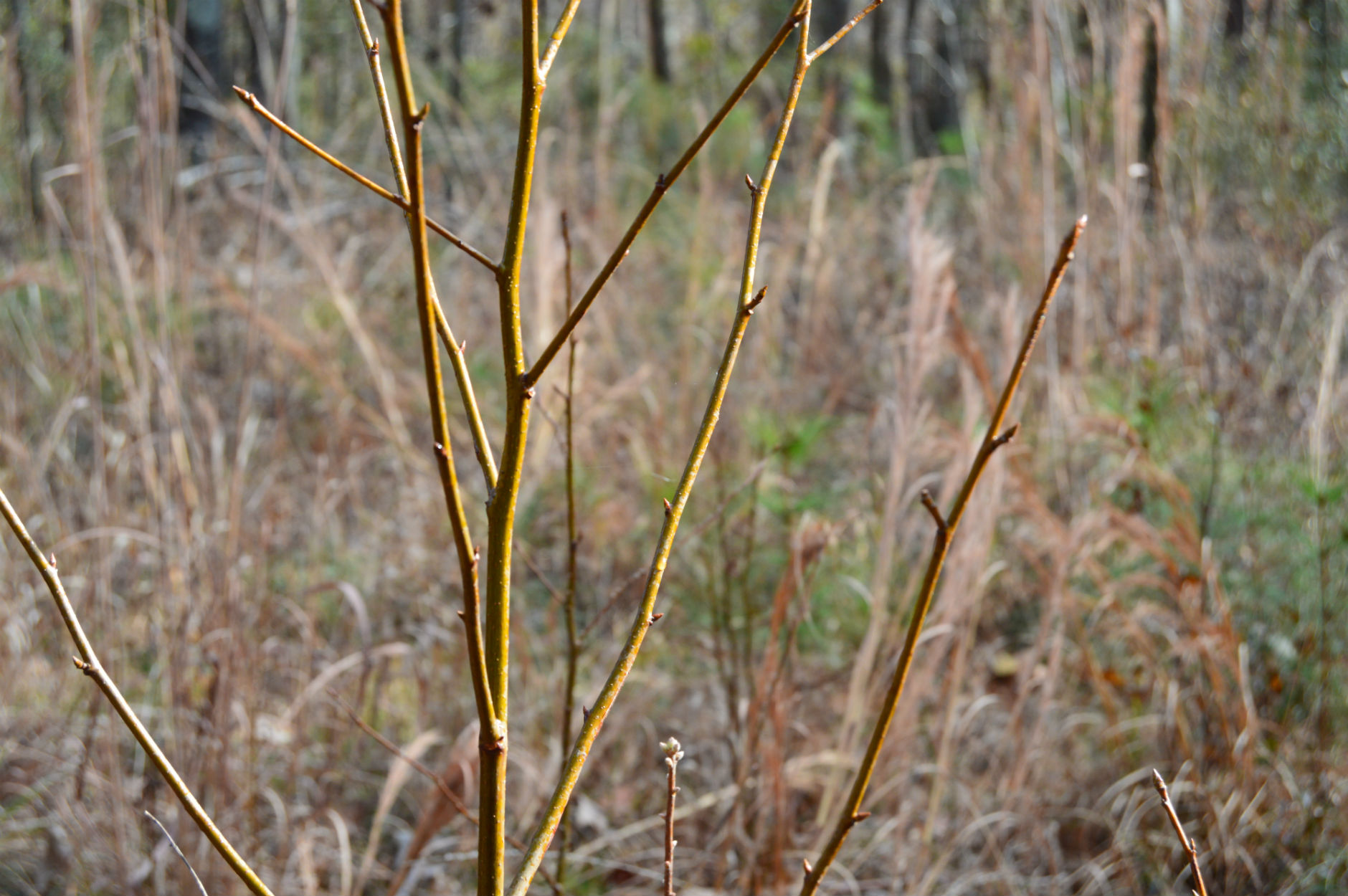Five benefits of dormant-season brush control

Dormant-season treatments can be made when factors prevent completion of treatment cycles during the foliar season.
Dormant-season treatments can be made when factors prevent completion of treatment cycles during the foliar season.
Things don’t always go according to plan in vegetation management. Weather delays, labor shortages and other factors can have a big impact on the completion of planned treatment cycles during the foliar season.
But if any of those factors forced you to skip treating brush on your managed areas, there’s no reason to leave it until next year, when it will cost you more to treat. Dormant-stem treatments are an effective and economical solution to address incompatible brush postponed during foliar season. These applications can be made later in the fall, throughout the winter months and even into spring, when many crews have put their application equipment up until the next growing season.
Here are five ways dormant-stem treatments can bring value to a vegetation management program:
Dormant-stem applications are well-suited and beneficial for use in both utility and roadside sites. Below are three charts containing recommended tank mixes with herbicide rate ranges for these treatments — a low- and high-volume mix for utilities and a broadcast option for roadsides.
Low volume (utility) |
|
| 5% | Garlon 4 Ultra herbicide |
| 0% to 12% | Milstone herbicide |
| 0% to 0.5% | imazapyr |
| 0% to 1% | Patron 170 |
| 2% to 3% | MSO/NIS blend |
High volume (utility) |
|
| 1% to 2% | Garlon 4 Ultra herbicide |
| 0.125% to 0.25% | Milstone herbicide |
| 0% to 0.25% | imazapyr |
| 0% to 0.5% | Patron 170 |
| 1% to 2% | MSO/NIS blend |
Broadcast (roadside)* |
|
| 1 gallon | Garlon 4 Ultra herbicide |
| 0 to 7 fluid ounces | Milstone herbicide |
| 0 to 2 quarts | Patron 170 |
| 2% | MSO/NIS blend |
| *25 gallons or higher per acre | |
These rates are recommended for low-to-high-brush density with stem diameters of 3 inches or less at heights up to 10 feet. Rates will vary by target vegetation and brush density.

Treatments should be made between fall leaf senescence and up to 25 percent plant leafout. The application technique is similar to foliar application techniques; however, there is no foliage to spray (except with evergreen species such as conifers, which are treated the same as dormant deciduous trees). Contact your local territory manager from Corteva Agriscience for more comprehensive training and customized solutions, and always read and follow all labeled rate restrictions.
Connect with Vegetation Management:

™®Trademarks of Dow AgroSciences, DuPont or Pioneer, and their affiliated companies or their respective owners. When treating areas in and around roadside or utility rights-of-way that are or will be grazed, hayed or planted to forage, important label precautions apply regarding harvesting hay from treated sites, using manure from animals grazing on treated areas or rotating the treated area to sensitive crops. See the product label for details. State restrictions on the sale and use of Garlon 4 Ultra and Milestone apply. Consult the label before purchase or use for full details. Always read and follow label directions.
For over 30 years, Vistas® has covered strategies, trends and stories from across the Vegetation Management industry.